The intensification of climatic changes, mainly natural geophysical hazards like hurricanes, are of great interest to the South Texas region. Scientists and engineers must protect essential resources from coastal threats, such as storm surge. This study presents the development process and improvements of a hydrodynamic finite element model that covers the South Texas coast, specifically the Lower Laguna Madre, for the aid of local emergency management teams. Four historical tropical cyclone landfalls are evaluated and used as a means of verification of the hydrodynamic model simulation results. The parameters used to improve the accuracy of the model are the tidal harmonic constituents and the surface roughness coefficient, or manning’s n value. A total of four different scenarios that use a variety of tidal constituent combinations and nodal attribute files were developed to identify the best case. Statistical evaluation, such as regression analysis, normalized root mean square error, and scatter index, was used to determine the significance of each hydrodynamic computational storm surge result with observed historical water surface elevations. In an effort to improving all models locally, using seven tidal constituents combinations along with a surface roughness nodal attribute grid that assigns values with respect to bathymetric data improves the accuracy of the storm surge model and should, therefore, be implemented for future hydrodynamic studies in the South Texas region.
1.
Introduction
Fluid models with delay terms are crucial for understanding and predicting the behavior of fluids where devices or control mechanisms are inserted into fluid domains to manipulate certain properties, such as temperature or velocity. For example, in a wind tunnel experiment, various control mechanisms are used to manipulate the flow of air around a model. These control mechanisms can include flaps, fans, or other devices that alter the velocity or pressure distribution in specific regions of the wind tunnel, see [1,2]. Over the years, extensive research has been conducted on specific fluid models that incorporate delay terms, such as the Navier-Stokes with delay [3], the micropolar fluid with delay [4], the Kelvin-Voigt fluid with delay [5] and the viscoelastic fluid with delay [6], and so on.
The bipolar fluid model is a well-known incompressible non-Newtonian fluid model that was introduced in [7,8]. It is commonly used to describe the motion of various materials, including molten plastics, synthetic fibers, paints, greases, polymer solutions, suspensions, adhesives, dyes, varnishes, and more. Accounting for the effect of the history-dependent behavior of the fluid, the bipolar fluid model can be described as follows
where the velocity is denoted by u=u(t,x), the pressure by p=p(t,x), the non-delay external force by f(t,x), and the delayed external force by g(t,ut) with
The rate of the deformation tensor, denoted as e(u), is a 2×2 matrix defined by its components eij(u). These components can be written as
The variable viscosity μ(u) is taken as
The constitutive parameters h,η,μ0,μ1 are constants that satisfy h,η,μ0,μ1>0 and 0<α<1.
From a physical point of view, Equations (1.1) and (1.2) are often subject to (see [9,10])
where Σ=R×(−K,K) for some K>0, τijk=2μ1∂eij∂xk, (n1,n2) denotes the exterior unit normal to the boundary ∂Σ, u=0 represents the non-slip condition and τijknjnk=0 means the first moment of the traction vanishes on ∂Σ.
Concerning Eqs (1.1)–(1.5) without the delay term g(t,ut) in 2D domains, there have been numerous studies on the well-posedness, regularity, and long time behavior of solutions. For example, we can refer to [11,12,13,14,15,16,17,18,19] in 2D bounded domains and [9,10,20,21] in 2D unbounded ones. However, as for Eqs (1.1)–(1.5) with the delay term g(t,ut) in 2D domains, most of the existing results related to Eqs (1.1)–(1.5) concentrate on 2D bounded domains. Zhao, Zhou and Li in [22] first established the existence, uniqueness of solutions and the existence of pullback attractors. Later on, different frameworks were used to study the existence and stability of stationary solutions and the existence of pullback attractors, as seen in [23,24,25]. Recently, the authors in [26] initially paid attention to the 2D unbounded domain. They showed the existence, uniqueness of solutions and the existence of pullback attractors. Therefore, it is natural to inquire about the relation between the pullback attractors in 2D bounded domains and the 2D unbounded domain as the bounded domains approximate the unbounded domain.
It is well known that the upper semi-continuity of attractors, as introduced in [27], is a powerful concept for describing the relationship between attractors in nonlinear evolution equations. Several researchers have also established the upper semi-continuity of attractors for various physical models, as seen in [27,28,29,30], among others. In particular, Zhao et al. [16,21] have studied the upper semi-continuity of global attractors and cocycle attractors for the bipolar fluid without delay (i.e., g(t,ut)=0) with respect to the domains from Σn to Σ. The key idea is to unify the attractors by means of a natural extension. Specifically, for any n∈Z+, let un∈X(Σn) (where X is the phase space), define
Then one can regard the function ¯un defined on Σ as the natural extension of the function un. Moreover, one has
Borrowing the previous idea, in the present paper, we aim to establish the upper semi-continuity of pullback attractors for Eqs (1.1)–(1.5). Differently from [16,21], the presence of delay introduces new challenges in the new phase space, requiring us to perform more precise estimations. Actually, the result presented in this paper generalizes the results of [16,21].
The paper is structured as follows. In Section 2, we introduce the necessary preliminaries, and in Section 3, proceed to establish the upper semi-continuity of pullback attractors. We conclude the main result in Section 4.
Notation. In this paper, we use the following notations: R for the set of real numbers, Z+ for the set of non-negative integers and c as a generic constant, which may vary depending on the context. If the dependence needs to be explicitly emphasized, some notations like c1 and c(⋅) will be used. O represents either Σ or Σn. We denote the 2D vector Lebesgue space and 2D vector Sobolev space as Lp(O) and Hm(O), respectively. The norms for these spaces are ‖⋅‖Lp(O) and ‖⋅‖Hm(O). Additionally, we define the following spaces: V(O) as the set of ϕ∈C∞0(O)×C∞0(O) satisfying ϕ=(ϕ1,ϕ2) and ∇⋅ϕ=0, H(O) as the closure of V(O) in L2(O) with the norm ‖⋅‖H(O) and dual space H′(O)=H(O), and V(O) as the closure of V(O) in H2(O) with the norm ‖⋅‖V(O) and dual space V′(O). The inner product in H(O) or L2(O) is denoted by (⋅,⋅). The dual pairing between V(O) and V′(O) is denoted by ⟨⋅,⋅⟩. The Hausdorff semi-distance between Λ1⊂Λ and Λ2⊂Λ is denoted by DistΛ(Λ1,Λ2), which is defined as DistΛ(Λ1,Λ2)=supx∈Λ1infy∈Λ2‖x−y‖Λ.
2.
Preliminaries
In this section, we begin by reformulating Eqs (1.1)–(1.5) in an abstract form. We then recall the global existence, uniqueness of solutions and the existence of pullback attractors in the channel Σ and in sub-domains Σn.
For the purpose of abstract representation, we introduce the following operators for Eqs (1.1)–(1.5):
With the help of above notation, the weak form of Eqs (1.1)–(1.5) can be expressed when O=Σ as follows (see [22,23,26])
and in the case of O=Σn as follows
According to the definition of the operator A, the following estimate has been established in [9,10].
Lemma 2.1. There exists a constant c1, which is dependent only on O, such that
From now on, we should consider X=H,V,V′ and spaces
In order to ensure the global existence, uniqueness of solutions and existence of pullback attractors for Eqs (2.1)–(2.3) and (2.4)–(2.6), certain assumptions about the external forces need to be imposed. First, the time-delay function g:R×CH(O)↦L2(O) is required to satisfy:
(H1) for any ξ∈CH(O), the function t∈R↦g(t,ξ)∈L2(O) is measurable.
(H2) g(t,0)=0 for all t∈R.
(H3) there exists a constant Lg>0 such that for any t∈R, ξ,η∈CH(O),
(H4) there exists a constant Cg∈(0,2c1μ1) such that
and there exists a value γ∈(0,min{4c1μ1−2Cg,4c21μ1}) such that
for all t⩾τ, u,v∈L2(τ−h,t;H(O)).
Second, the non-delay function f satisfies:
(H5) Assume that f∈L2b(R;H(O)) which means f∈L2loc(R;H(O)) with
Remark 1. According to the definitions of the spaces CH(O) and H(O), the inequality in (H3) is not directly related to the first inequality in (H4). These two inequalities are independent of each other and describe different aspects of the functions and their differences.
Based on above assumptions, we can conclude that
Theorem 2.2. ([26]) Let the conditions (H1)–(H5) hold for the case of O=Σ.
1) Given (uin,ϕin)∈E2H(Σ), there is a unique weak solution u=u(⋅;τ,uin,ϕin) of Eqs (2.1)–(2.3) satisfying u∈C([τ,T];H(Σ))∩L2(τ−h,T;H(Σ))∩L2(τ,T;V(Σ)) and ddtu∈L2(τ,T;V′(Σ)).
2) The solution operators {U(t,τ)}t⩾τ:E2H(Σ)↦E2H(Σ) defined by U(t,τ):(uin,ϕin)↦(u,ut) generate a continuous process in space E2H(Σ).
3) The family ˆBH(Σ)={BH(Σ)(t)|t∈R} given by
is pullback absorbing for the process {U(t,τ)}t⩾τ, where
4) The process {U(t,τ)}t⩾τ is pullback ˆBH(Σ)-asymptotically compact and possesses a unique pullback attractor A={A(t)|t∈R} in E2H(Σ) defined by
In order to unify the pullback attractors in the channel Σ and in the sub-domains Σn, we consider the natural extensions Eqs (1.6) and (1.7) mentioned in Section 1. Then similar to Theorem 2.2, we can make slight modifications in [22] to get
Theorem 2.3. Let the conditions {\rm(H1)–(H5)} hold for the case of O=Σ.
1) Given (u(n),in,ϕ(n),in)∈E2H(Σn), there is a unique weak solution u(n)=u(n)(⋅;τ,u(n),in,ϕ(n),in) of Eqs (2.4)–(2.6) satisfying un∈C([τ,T];H(Σn))∩L2(τ−h,T;H(Σn))∩L2(τ,T;V(Σn)) and ddtu(n)∈L2(τ,T;V′(Σn)).
2) The solution operators {Un(t,τ)}t⩾τ:E2H(Σn)↦E2H(Σn) defined by Un(t,τ):(u(n),in,ϕ(n),in)↦(u(n),u(n)t) generate a continuous process in space E2H(Σn).
3) The family ˆBH(Σn)n={BH(Σn)n(t)|t∈R} given by
is pullback absorbing for the process {Un(t,τ)}t⩾τ. Note that R1(t) and R2(t) are the same in Theorem2.2.
4) The process {Un(t,τ)}t⩾τ is pullback ˆBH(Σn)-asymptotically compact and possesses a unique pullback attractor An={An(t)|t∈R} in E2H(Σn) defined by
Due to the definitions of R1(t),R2(t) and the fact
we have that BH(Σ)(t) and BH(Σn)n(t) in E2H(Σ) are bounded uniformly with respect to the time t. Moreover, there exists a τ(t,ˆBH(Σ)) (independent of n) such that for τ⩽τ(t,ˆBH(Σ)),
3.
Upper semi-continuity of pullback attractors
In this section, our objective is to establish the upper semi-continuity of pullback attractors. Specifically, we aim to prove the following theorem:
Theorem 3.1. Suppose the conditions (H1)–(H5) hold for the case of O=Σ. Consider the families An={An(t)|t∈R} and A={A(t)|t∈R} as the pullback attractors for Eqs (1.1)–(1.5) in the domains Σn and Σ, respectively. Then for any t∈R, we have
3.1. The key convergence of solutions
To prove Theorem 3.1, it is crucial to establish the strong convergence in the space E2H(Σ) of any sequence {(u(n),ϕ(n))}n⩾1, where (u(n),ϕ(n)) belongs to An(t), to some (u,ϕ) belonging to A(t).
Firstly, we obtain two auxiliary lemmas.
Lemma 3.2. Suppose the conditions (H1)–(H5) hold for the case of O=Σ. Let {(u(n),in,ϕ(n),in)}n⩾1 be a sequence in H(Σn)×L2V(Σn) and (uin,ϕin)∈H(Σ)×L2V(Σ) satisfying the weak convergences as n→∞,
Then for any t⩾τ, we obtain the following weak convergences as n→∞,
Proof. The fundamental energy estimates for Eqs (2.4)–(2.6) can be derived using the same method as shown in [26, Equations (3.1), (3.9), (3.27)]. The following inequality holds for any τ⩽t,
where Cg and γ are the constants from (H4), β∈(0,4c1μ1−2Cg−γ)andη=4c1μ1−2Cg−γ−β>0. We also have for any T>0 and τ⩽t−T,
Furthermore, we obtain for any τ⩽t,
with ϱγ(t) given in Theorem 2.2.
It follows from Eqs (3.5)–(3.7) that
By Eq (3.8), we have the following weak star and weak convergences (for a subsequence)
By the standard method, we can demonstrate that the solution to Eqs (2.1)–(2.3) with initial data (uin,ϕin) is u. In fact, in view of Eqs (3.8) and (3.9), a subsequence can be extracted from the sequence u(n) and denoted as u(n) as well such that the following strong convergence holds
where Σr is any bounded sub-domain of Σ. By virtue of Eq (3.12), we can apply the limit operation to Eqs (2.4)–(2.6) for u(n). This implies that u is the solution to Eqs (2.1)–(2.3) with the given initial conditions (uin,ϕin). By uniqueness we conclude that Eqs (3.10)–(3.12) hold for the whole sequence.
Proof of Eq (3.4): It follows from Eqs (3.1) and (3.11) that Eq (3.4) holds.
Proof of Eq (3.3): From Eq (3.10), we have for any v∈V(Σ) and a.e. t⩾τ that
Due to Eq (3.9), we obtain for all t⩾τ and v∈V(Σ),
In view of Eqs (3.9) and (3.13), we see (u(n),v) is uniformly bounded and equicontinuous on [τ,t]. Hence, we have for any v∈V(Σ) and all t⩾τ,
By taking advantage of the density of V(Σ) in H(Σ), we arrive at Eq (3.3). □
Similar to [26, Lemma 3.4] (also see [16,21]), we have the following tail estimate:
Lemma 3.3. Let the conditions (H1)–(H5) hold for the case of O=Σ and (u(n),in,ϕ(n),in)∈BH(Σn)n(τ). Then given ϵ>0, there are τn(ϵ)<t and rn(ϵ)>0 satisfying for any r∈[rn,n] and τ⩽τn,
With the help of Lemmas 3.2 and 3.3, we will establish the key convergence of solutions via the energy method introduced by Ball [31] and developed by Moise, Rosa and Wang [32].
Lemma 3.4. Let the conditions (H1)–(H5) hold for the case of O=Σ. Then for each t∈R and any sequence
there is a subsequence of (using the same index) {(u(n),ϕ(n))}n⩾1 and some (u,ϕ)∈A(t) such that the following strong convergence holds as n→∞,
Proof. In virtue of the invariance of the pullback attractor An, there is a sequence {(u(n),in,ϕ(n),in)}n⩾1 with (u(n),in,ϕ(n),in)∈An(τ)∈An such that
Due to the compactness of An(τ), there is some subsequence (using the same index) of {(u(n),in,ϕ(n),in)}n⩾1 and some (uin,ϕin)∈E2H(Σ) such that the following weak convergence holds as n→∞,
For the sequence {(u(n),ϕ(n))}n⩾1 with initial data {(u(n),in,ϕ(n),in)}n⩾1 in Eq (3.16), the compactness of An(t) deduces that there is some (u,ϕ)∈E2H(Σ) satisfying the following weak convergence as n→∞,
As an analogy of the proof of Lemma 3.2, u is the solution to Eqs (2.1)–(2.3) with initial data (uin,ϕin). On the other hand, it follows from Eqs (2.8) and (2.9) that for any τ⩽τ(t,ˆBH(Σ)),
Thanks to Eq (3.17), we have for any τ⩽τ(t,ˆBH(Σ)) that (u,ϕ)∈BH(Σ)(t) and thus (u,ϕ)∈A(t).
The proof of Lemma 3.4 will be concluded by demonstrating that the convergence of Eq (3.17) is strong. We finish the proof in two steps.
Step one: we show that as n→∞,
It follows from Eqs (2.8) and (2.9) that there is a τ(t−k,ˆBH(Σ)) satisfying for any k∈Z+ and τ⩽τ(t−k,ˆBH(Σ)),
Taking advantage of the definition of the pullback absorbing set ˆBH(Σ) and the diagonal argument, for each k∈Z+ and τ<t−k, there is a (u(k),ϕ(k))∈A(t−k) satisfying the following weak convergences (up to a subsequence) as n→∞,
Thus, Equations (3.15), (3.17) and (3.19) together with the fact that the limit is unique, yield
Note that for any bounded set Σr⊂Σ, all the embeddings V(Σr)↪H(Σr)↪V′(Σr) are compact. By Eqs (3.19) and (3.20) and Lemma 3.2, we obtain as n→∞,
Consequently, for any positive ϵ, there is some n(ϵ,r,k)>0 satisfying
Also, since for each k∈Z+, ϕ(k)∈L2V(Σ)↪L2H(Σ) is a fixed element, there must exist some r1(k)>0 such that
By Lemma 3.3, there exist r(ϵ,t−k,ˆBH(Σ))>0 and τ(ϵ,t−k,ˆBH(Σ))<t−k satisfying for any r>r(ϵ,t−k,ˆBH(Σ)) and τ⩽τ(ϵ,t−k,ˆBH(Σ)),
Therefore, by Eqs (3.21)–(3.23), we choose r and n large enough and τ small enough so that
which implies that for each k∈Z+, it holds as n→∞,
Particularly, taking k=0, we prove the claim of Eq (3.18).
Step two: we aim to prove that as n→∞, the following strong convergence holds:
By Eqs (3.19) and (3.20) and Lemma 3.2, we have the weak convergence as n→∞,
As a result of Eqs (3.15), (3.17), (3.27) and the fact the limit is unique, we obtain
Furthermore, considering Eqs (3.27), (3.28) and the lower semi-continuity of the norm, one can conclude
Due to H(Σ) being a Hilbert space, Equation (3.25) can be inferred from Eqs (3.27), (3.29) and the following remainder
Next we concentrate our attention on proving Eq (3.30). Defining a bilinear operator
by
Setting
Thanks to Lemma 2.1, we obtain
From Eq (3.32) and the condition γ<4c1μ1 in (H4), it is evident that [[⋅]]V(Σ) defines a norm in the space V(Σ), establishing equivalence with the conventional norm ‖⋅‖V(Σ). From now on, we set
Multiplying Eq (2.4) by u(n)(t) yields
where
By employing the formula of constant variation, we can derive the energy equation as shown below:
Thus, for each k∈Z+, Equations (3.26) and (3.34) mean
where
Limiting estimate of the first term in Eq (3.35): By Eq (2.9), it holds for any τ⩽τ(t−k,ˆBH(Σ)),
which suggests that the following inequality holds:
Limiting estimate of the term G1: We conclude from Eq (3.27) and Lemma 3.2 that the following weak convergence in L2(t−k,t;V(Σ)) holds as n→∞,
Since e−γ(t−s)f(s)∈L2(t−k,t;H(Σ)), Equation (3.37) indicates that
Limiting estimate of the term G4: It is evident that {∫tt−ke−γ(t−s)[[u(s)]]2V(Σ)ds}1/2 operates as a norm in the space L2(t−k,t;V(Σ)), establishing its equivalence to the usual norm ‖⋅‖L2(t−k,t;V(Σ)). Then Eq (3.37) indicates that
Limiting estimate of the term G2: To establish the limit of G2, we employ the approach of inserting the term g(s,us(⋅;t−k,u(k),ϕ(k)). As an analogy of Eq (3.18), we obtain for each s∈[t−k,t] as n→∞,
strongly in L2H(Σ). It follows from the assumption (H2) and Eq (3.40) that as n→∞,
which yields that for any s∈[t−k,t], the following strong convergence in H(Σ) holds as n→∞,
By considering the boundedness of
and applying the Lebesgue dominated convergence theorem, the following strong convergence in L2(t−k,t;H(Σ)) can be shown that as n→∞,
Then it can be inferred from Eqs (3.37) and (3.41) that
Limiting estimate of the term G_3 : The limit of G_3 can be shown by using the technique of inserting the term N(u(s; t-k, u^{(k)}, \phi^{(k)}) . The estimates are essentially the same as the estimates [16, Equation (3.50)] and we omit it, thus we obtain
According to Eqs (3.33)–(3.36), (3.38) and (3.39) and (3.42)–(3.43), we conclude that
Moreover, applying the energy equation to Eq (2.1), we obtain
Then Eqs (3.44) and (3.45) imply that
From Eq (2.9) and the definition of \mathcal{R}_1^2(t) in Theorem 2.2, we know
Hence, the statement of Eq (3.30) follows. We prove the assertion of this lemma. □
3.2. Proof of Theorem 3.1
This subsection is dedicated to establishing the proof of Theorem 3.1.
The proof of Theorem 3.1: The approach taken to prove Theorem 1.1 involves a contradiction argument. Assume that the assertion is false, then for some t_0\in\mathbb{R}, \epsilon_0 > 0 , we can find a sequence (u^{(n)}, \phi^{(n)})\in \mathcal{A}_n(t_0), which satisfies
However, according to Lemma 3.4, there is a subsequence (using the same index) of \{(u^{(n)}, \phi^{(n)})\}_{n\geqslant 1} that can be found such that
which obviously contradicts with Eq (3.47). The proof is complete.
4.
Conclusions
In this work, we consider the families \mathcal{{A}}_n = \{\mathcal{A}_n(t)| t\in\mathbb{R}\} and \mathcal{{A}} = \{\mathcal{A}(t)| t\in \mathbb{R}\} as the pullback attractors of the bipolar fluid with delay in the domains \Sigma_n and \Sigma , respectively. We demonstrate that the following equality holds for any t\in \mathbb{R} ,
According to the definition of the Hausdorff semi-distance, Equation (4.1) shows that the pullback attractors \mathcal{{A}}_n = \{\mathcal{A}_n(t)| t\in\mathbb{R}\} in the sub-domains \Sigma_n converge to the pullback attractor \mathcal{{A}} = \{\mathcal{A}(t)| t\in \mathbb{R}\} in the entire domain \Sigma as the sub-domains \Sigma_n approach the entire domain \Sigma , demonstrating the semi-continuity of the pullback attractors in the phase space E_{H(\Sigma)}^2 .
Use of AI tools declaration
The authors declare they have not used Artificial Intelligence (AI) tools in the creation of this article.
Acknowledgments
The first author is supported by the National Natural Science Foundation of China (Grant No. 12001073), the China Postdoctoral Science Foundation (Grant No. 2022M722105), the Natural Science Foundation of Chongqing (Grant Nos. cstc2020jcyj-msxmX0709 and cstc2020jcyj-jqX0022), the Science and Technology Research Program of Chongqing Municipal Educaton Commission (Grant Nos. KJQN202200563 and KJZD-K202100503). The third author is supported by the National Natural Science Foundation of China (Grant Nos. 11971356 and 11271290), the Natural Science Foundation of Zhejiang Province (Grant No. LY17A010011).
Conflict of interest
The authors declare there is no conflict of interest.











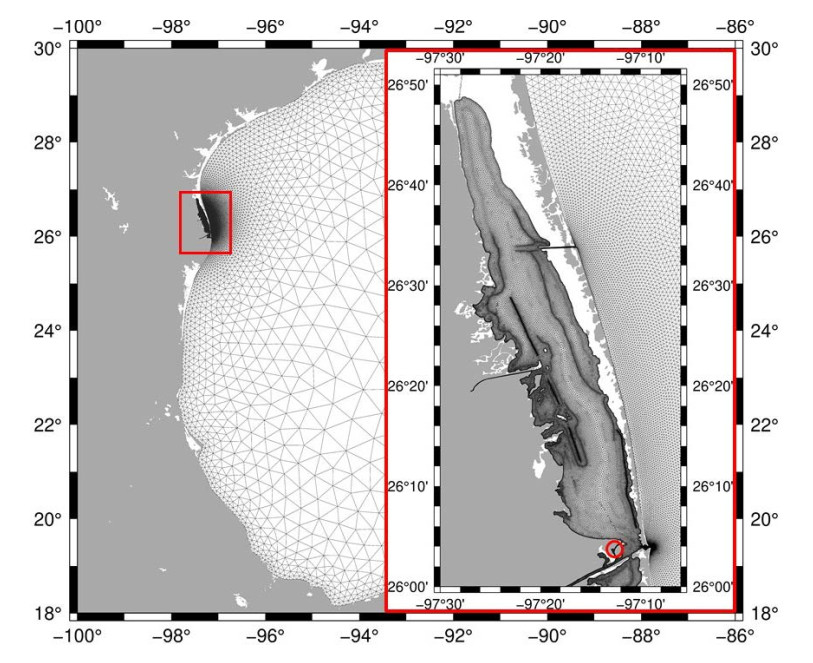
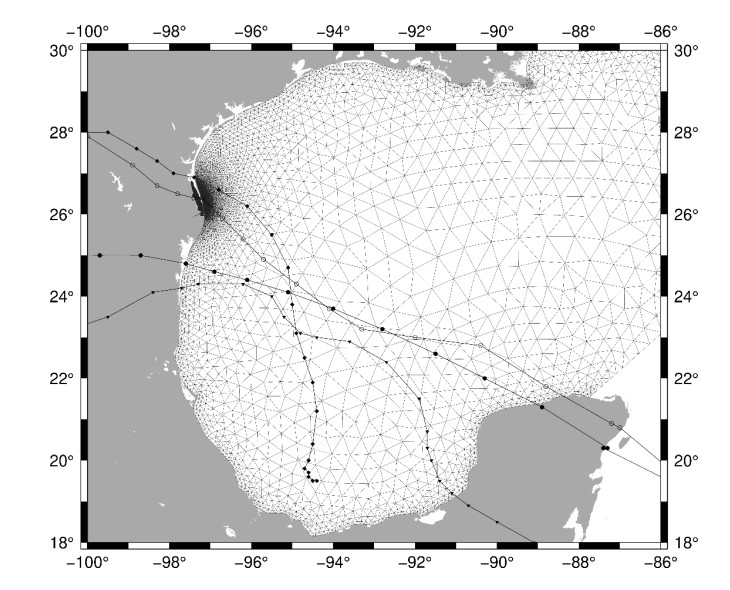
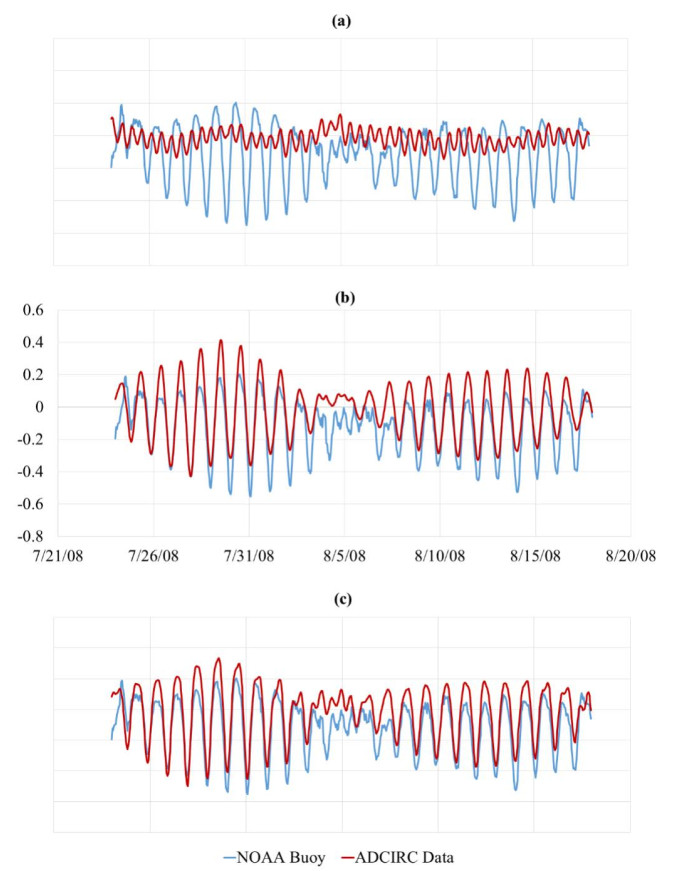
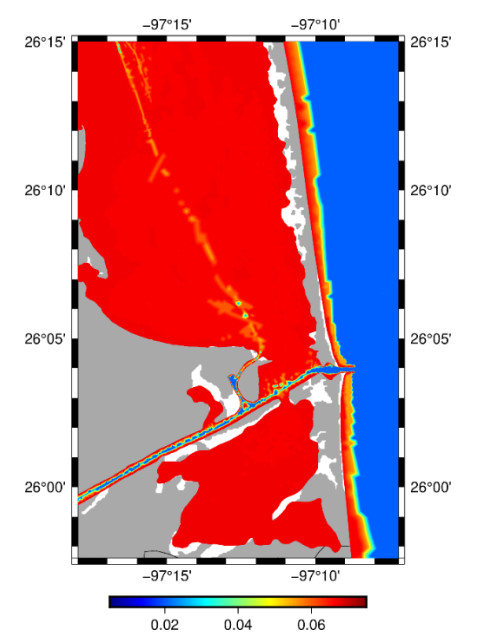
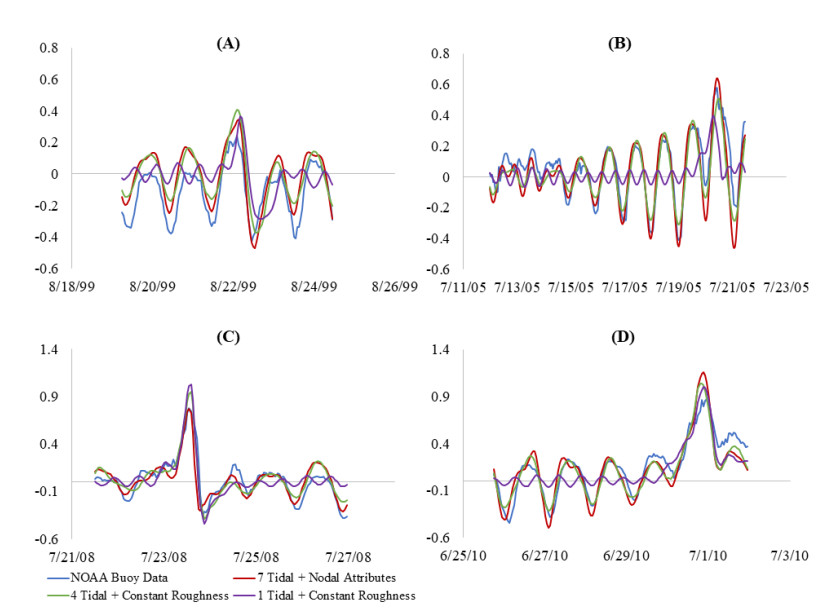
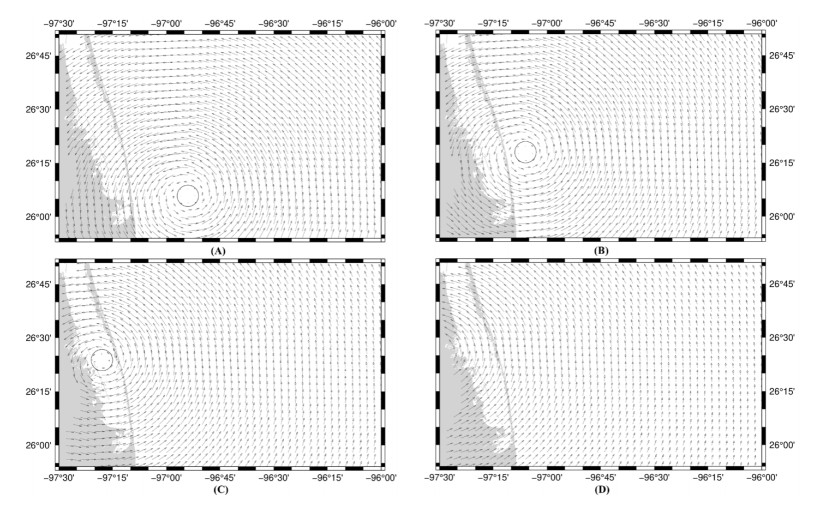
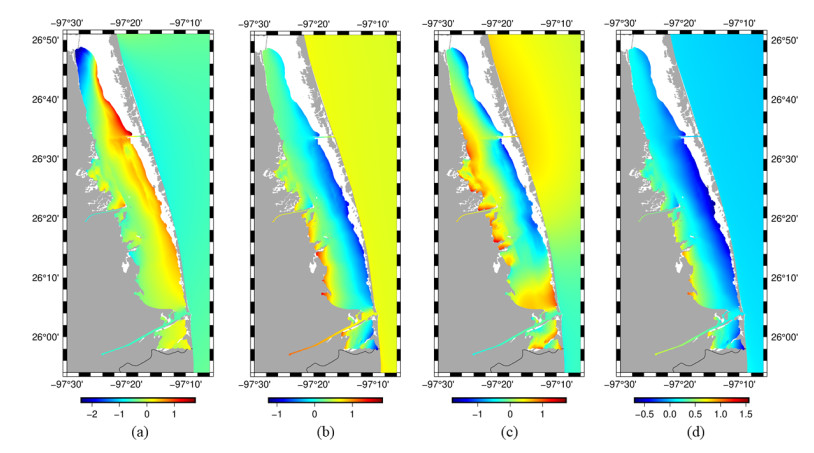
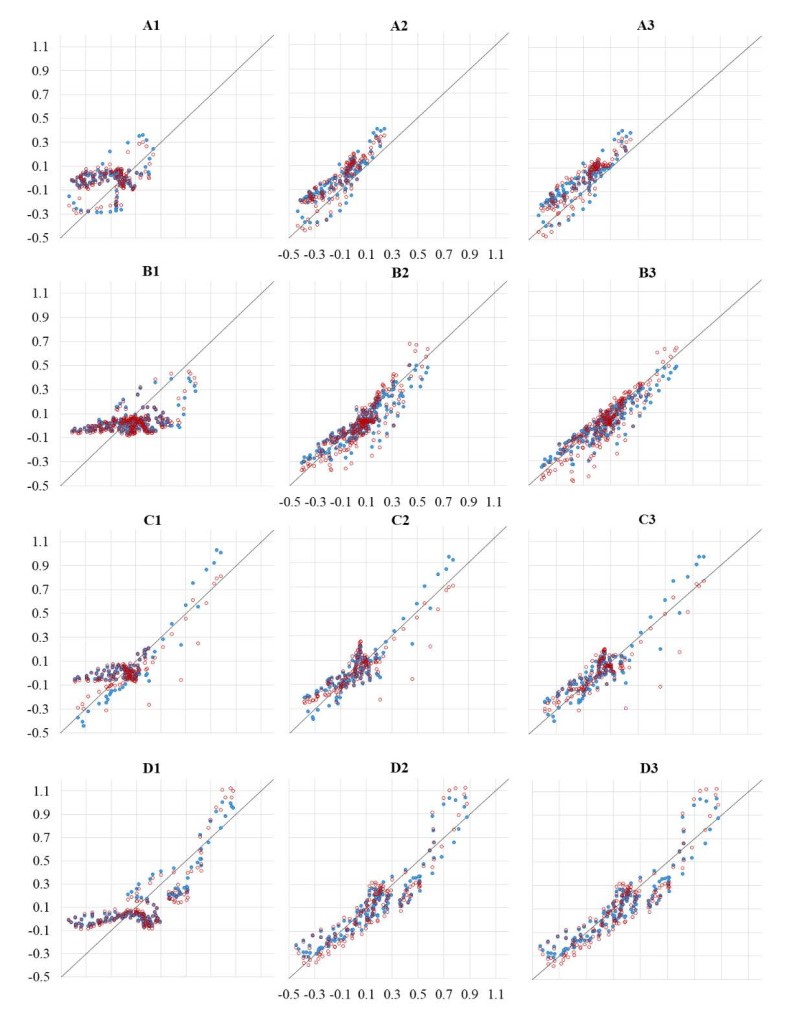


 DownLoad:
DownLoad: